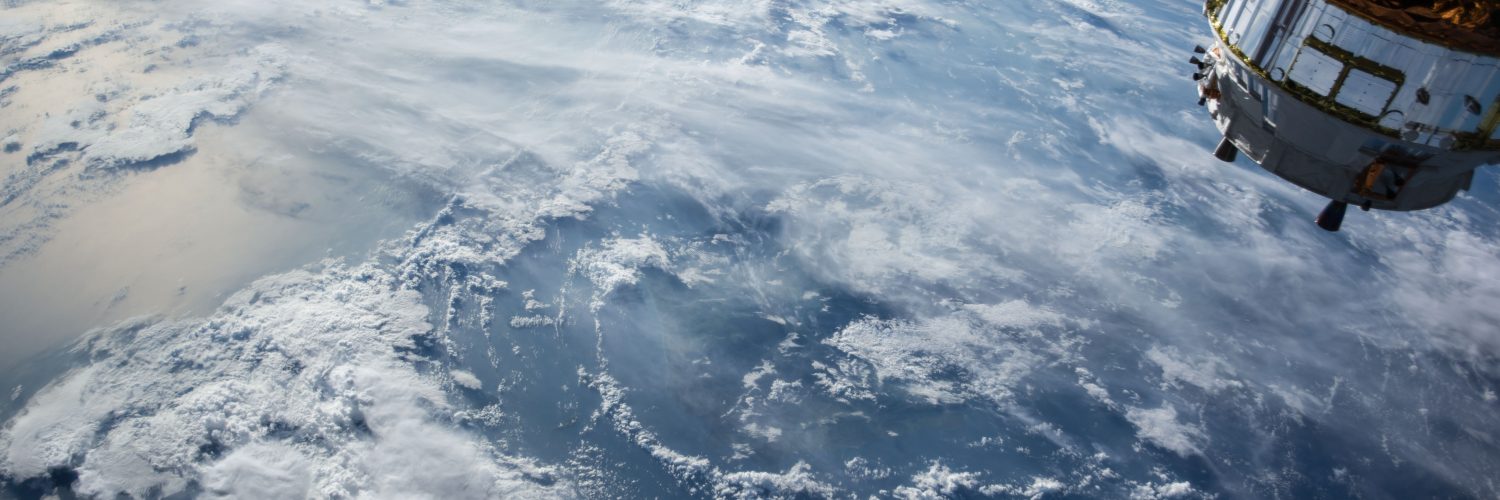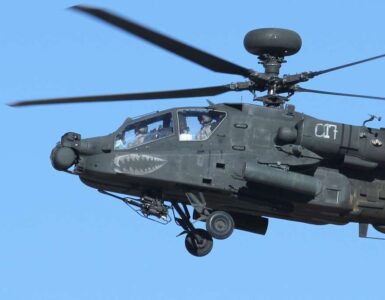As a nation, we’ve been through spells of obsession with the idea of heading into space and exploring the final frontier. And with movies like First Man and genius/Bond villains like Elon Musk planning to shoot themselves into space for whatever reason, space is cool again. But one place where the cosmos has never been in flux as far as interest is the University of Arizona, a place where space industry startups are popping up, like Freefall Aerospace.
The UofA technology spinoff started orbiting the space tech sphere in the fall of 2016 with a focus on developing a prototype of its spherical antenna. The antenna’s reflector design gives a 360-degree field of view for reception and can be maneuvered electronically to track signals through intricate algorithms from a computer.
The main goal for the people at Freefall Aerospace, including UofA astronomy professor Chris Walker and NASA veteran Doug Stetson, was to deviate from how typical shallow-dished parabolic antennas operate. Those antennas can only focus on a single point and have to be physically pointed in the direction of a signal. So, creating a handy antenna that’s operated like a remote control is in charge expands the possibilities of the data it receives.
Freefall Aerospace just teamed up with NASA and stuck its antenna on the space agency’s biggest research balloon.
“We can provide high gain communications over virtually the entire sky with a single antenna system, without the need to physically point the antenna – it is all done electronically,” says Stetson. “This is a major simplification and will reduce the mass, power, complexity, and cost of communication antennas in space and on the ground.”
The test ride took place in August, but it was successful enough to push the company forward with more research and the ability to expand the antenna technology. The flight test included other experiments on the 60-million-cubic-foot balloon at 159,000 feet of altitude.
The interesting thing about the Freefall antenna is that it strengthens the signals it’s trying to reach by being able to point at various destinations over the course of a flight. A regular parabolic antenna loses signal strength because it must be pointed at one spot. Freefall’s antennas also sport the ability to handle high data-transfer rates (think the wondrous 5G network we’ve all been hearing about), and are relatively cheap to manufacture.
The successful test flight positioned Freefall as a leading startup in its development of this kind of technology. The company is also working on making antennas for ground stations and ships. The antenna aboard the NASA balloon gathered eight hours worth of data.
“The main advantage of our approach is that we provide a very wide field of view with high data rates, and the antenna beam can be electronically steered so there are no moving parts,” adds Stetson.
Freefall has been self-funded up to this point, but has garnered interest from the Office of Naval Research to pursue the development of the technology, as well as a Small Business Innovation Research grant.
















Add comment